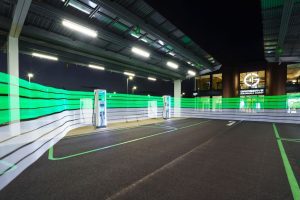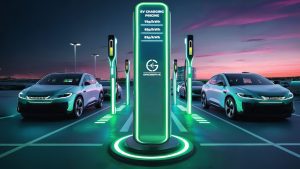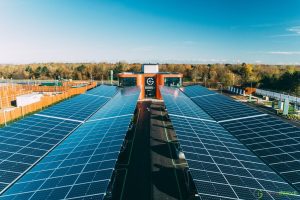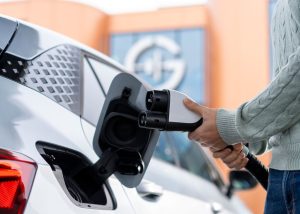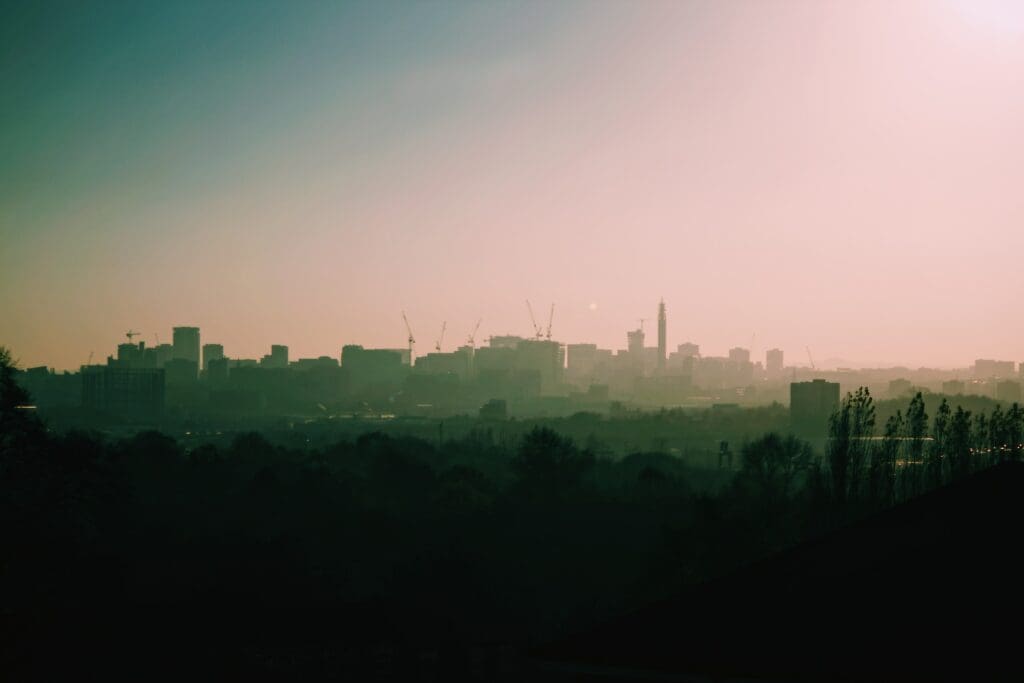


It takes an International Clean Air Day to remind ourselves that air pollution is estimated to cause 40,000 premature deaths in the UK each year. That’s enough for the World Health Organisation (WHO) to brand it the new tobacco, especially as it causes similar diseases to smoking. Yet while this pollution is largely invisible, science reveals what the eyes cannot.
National air pollution studies from the scientific community are unequivocal in repeatedly showing both how major UK cities continually exceed the WHO limits and how this toxic cocktail we unknowingly breathe impacts everybody, regardless of life stage: reducing fertility levels, causing high blood pressure, lung disease, heart attacks and dementia. It also causes asthma, which now impacts 4.3m adults – including myself – and a further 1.1m children, making it the number one childhood disease in the UK and the most common reason as to why a child would be absent from school.
Ella Roberta Kissi Deborah was just nine years old when she died as a result of the air pollution in her London Borough of Lewisham. She was our canary in the coal mine, the first person to have air pollution on her death certificate. Her asthma was so debilitating that her coughing would cut off her air supply and she would regularly suffer hypoxic seizures. On 15th February 2013, just three weeks after her ninth birthday, Ella suffered a seizure from which she couldn’t be resuscitated.
We know that major air pollutants include nitrogen monoxide and nitrogen dioxide – collectively referred to as NOx – and that the biggest single contributor is transport fumes from the combustion of fossil fuels. A Department for Environment, Food and Rural Affairs (DEFRA) study has found that 80% of urban NOx emissions are from transport, with one third of those from diesel cars. During high pressure systems like now, still air allows pollution levels to build up and hang around. City buildings create ‘street canyon’ effects, so pollution gets trapped within a so-called ‘boundary layer’ and all we’re left to do is unwittingly drive, cycle, walk or push a pram through it. NOx is a potent mixer, too, so when combined with other stuff like Volatile Organic Compounds (VOCs) you get the creation of ozone, which inflames lung tissue and triggers asthma attacks.
Clean Air Day is our chance to remember Ella and recall the science but also to demonstrate that, unlike our battle with climate change, urban air pollution is local and comparatively short-lived. With sufficient will and an evidence-based approach, we can turn our towns and cities around pretty quickly.
The air quality credentials of electric vehicles over internal combustion engine vehicles are obvious, especially when they’re charged using sustainable energy. There are no exhaust emissions, meaning no NOx, no black carbon or combustion-derived nanoparticles. These are the very finest particles (PM0.1 and below), that escape vehicle filtration systems and bypass our bodies’ defences to get absorbed into our bloodstream. Of course, electric vehicles still generate PM2.5 from brake wear – albeit significantly reduced thanks to the benefits of regenerative braking – and tyres with the resuspension of road particles. But in a fully electric future, where we electrify our cars, vans, buses and trains, these vehicles wouldn’t be adding toxic combustion particles and NOx into the mix.
According to Imperial College’s Dr. Gary Fuller, the creation of the London ultra low emission zone (ULEZ) in 2017, reduced nitrogen dioxide from traffic by 46% (October 2022). Proof, if it were needed, that low emissions zones should become the norm.
Each of us take decisions daily. We can drive or cycle the kids to school. We can carry our reusable cup to the coffee shop or throw away the plastic-capped equivalent. We can question the food in our fridge, the energy going into our car, the clothes on our backs. These things may seem trivial in isolation, but as a collective, they help to grow the businesses we want and reduce demand for things we don’t want. We can plan for a better future, and one that does not need to feature any air pollution.
